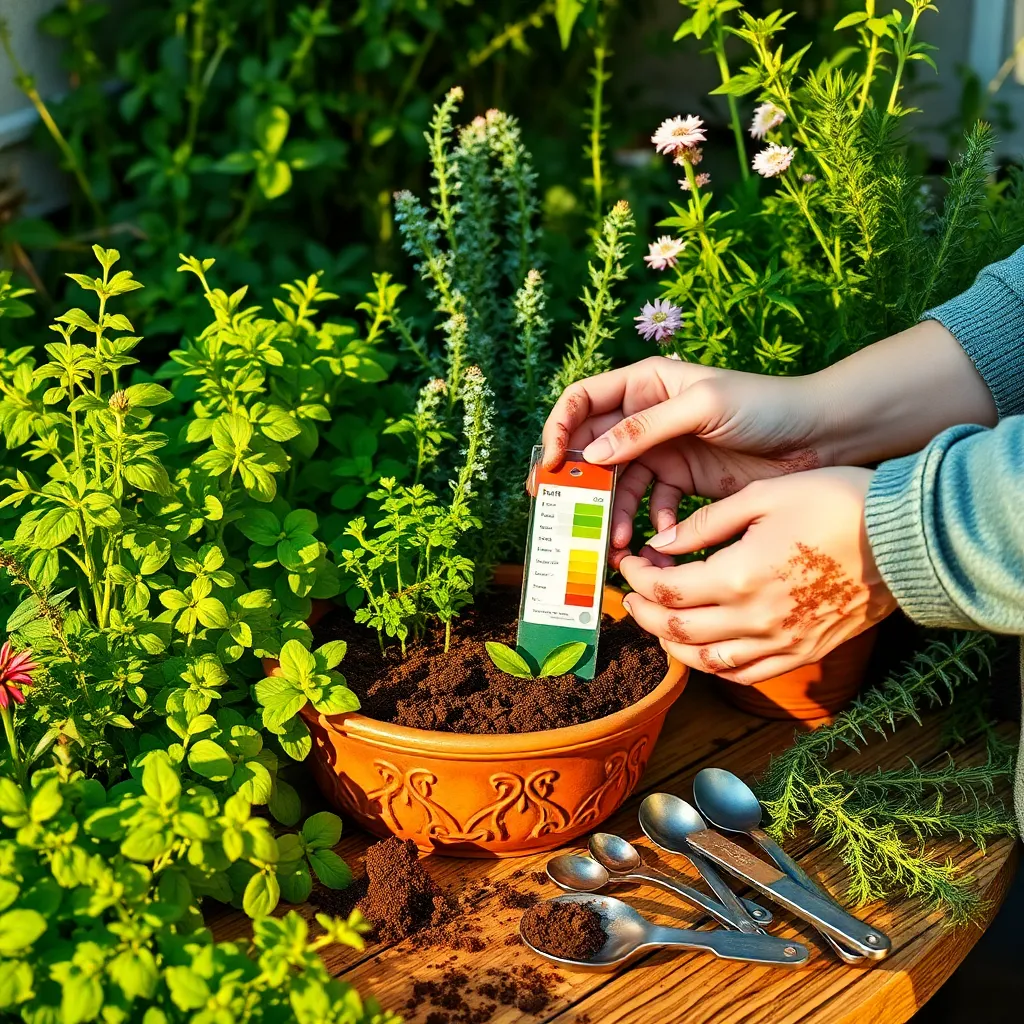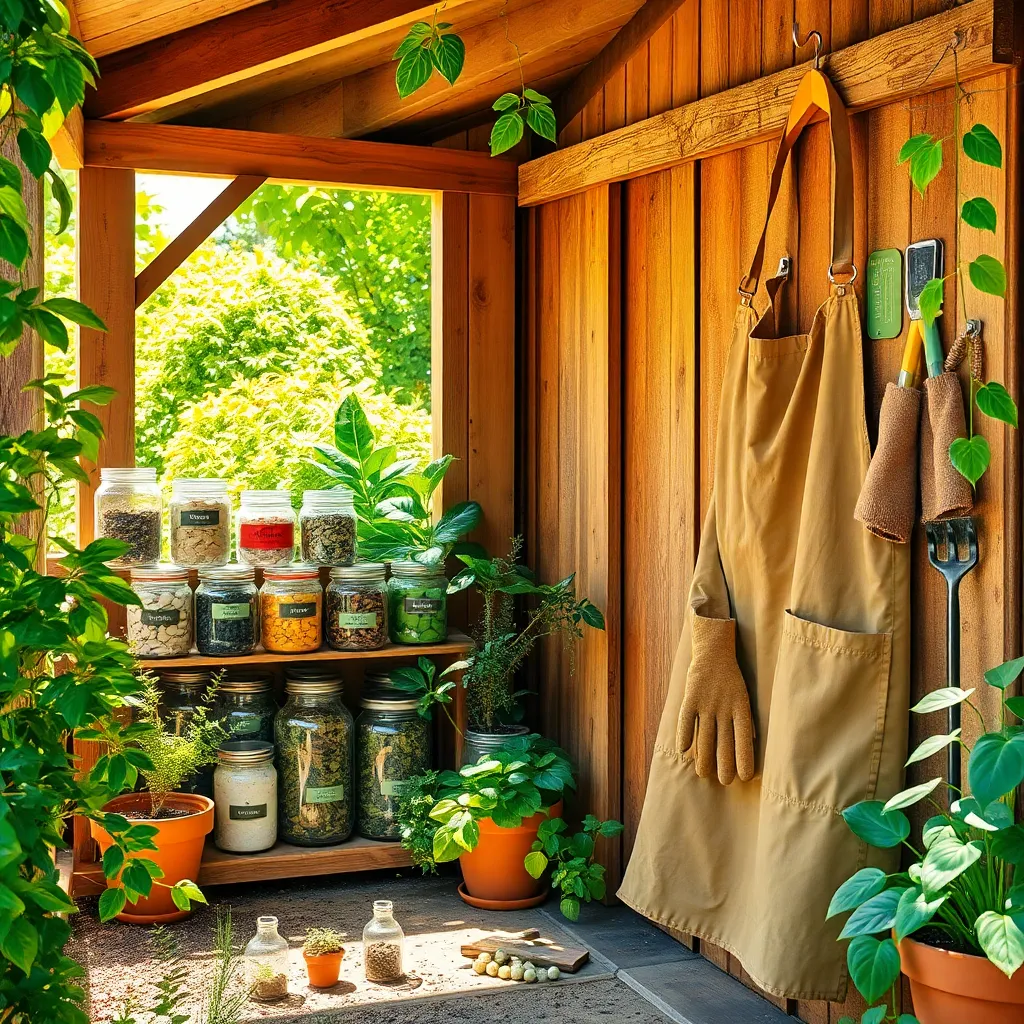In the vibrant world of gardening, creating your own plant fertilizer is like crafting a bespoke meal for your leafy companions. Whether you’re just dipping your toes into the soil or have a seasoned green thumb, making fertilizer at home can be a rewarding and enriching experience. It’s a delightful way to ensure your plants receive the nutrients they deserve while also embracing a sustainable practice. From kitchen scraps to garden clippings, there are countless natural ingredients just waiting to be transformed into plant nourishment.
By diving into the art of homemade fertilizers, you’ll discover that nurturing your garden can be both economical and environmentally friendly. This guide will walk you through the essentials of crafting your own blends, tailored to the unique needs of your garden. You’ll learn how to harness the power of everyday materials to boost plant health and vitality. Join us as we unravel the secrets to effective homemade fertilizers that promise to make your garden flourish with life and color.
Gather Essential Ingredients

To begin crafting your own plant fertilizer, first gather some kitchen scraps such as banana peels, coffee grounds, and eggshells. These items are rich in nutrients like potassium, nitrogen, and calcium, all of which are essential for plant health.
Next, consider collecting yard waste such as grass clippings and leaves, which decompose into valuable organic matter. This helps improve soil structure and moisture retention, creating a more hospitable environment for your plants.
For an added nutrient boost, you might incorporate natural mineral sources such as Epsom salts or rock phosphate. These materials provide magnesium and phosphorus, respectively, which are crucial for strong root development and flowering.
Incorporating compost into your homemade fertilizer can significantly enhance its effectiveness. Compost not only enriches the soil with a broad spectrum of nutrients but also supports beneficial microorganisms that help break down organic matter.
Mix Ingredients Thoroughly

Once you’ve gathered your ingredients, the next step is to mix them thoroughly to ensure even nutrient distribution. Uniform mixing is crucial because it allows every plant to receive the right amount of nutrients and promotes balanced growth.
Use a large, clean container to combine your ingredients, whether you’re using a commercial fertilizer base or creating a custom blend from scratch. A garden trowel or a small shovel can help you stir and turn the mixture effectively, ensuring no clumps are left behind.
For best results, aim to mix your ingredients in a well-ventilated space, as some components might give off dust or odors. If you’re working with organic materials like compost, consider wearing a mask to avoid inhaling particles.
Ensure that each ingredient has been evenly dispersed throughout the mix. This step is particularly important if your fertilizer includes materials with different grain sizes, as they can separate over time if not mixed well.
Adjust Fertilizer Consistency

To ensure your homemade fertilizer is effective, adjusting its consistency is crucial. The right consistency helps nutrients be properly absorbed by your plants, improving their overall health and growth.
For most plants, a liquid fertilizer that can easily soak into the soil is ideal. You can achieve this by adding water gradually until the mixture has a pourable consistency, similar to a thin soup.
Thicker pastes or granular consistencies might be useful for slow-release applications. These can be particularly beneficial for heavy feeders like tomatoes or roses, which require a steady nutrient supply.
Beginners should focus on achieving a smooth, uniform mixture to avoid clogging watering cans or spray bottles. Advanced gardeners might experiment with varying consistencies depending on the specific needs of their plants or soil conditions.
Adjusting the thickness of your fertilizer can also help with application methods. Consider using a watering can for liquid fertilizers or sprinkling thicker mixtures directly onto the soil surface.
Test pH and Nutrient Levels

Before creating your own plant fertilizer, it’s crucial to test the pH and nutrient levels of your soil. Knowing these values helps tailor your fertilizer recipe to meet the specific needs of your plants, ensuring optimal growth and health.
Use a simple soil pH test kit, available at most garden centers, to determine the acidity or alkalinity of your soil. Ideally, most plants thrive in a pH range of 6.0 to 7.5, but certain plants like blueberries prefer more acidic conditions.
In addition to pH, testing for nutrient levels is equally important. A basic soil test will reveal the presence of key nutrients such as nitrogen, phosphorus, and potassium, which are critical for plant health.
Once you’ve identified any nutrient deficiencies, you can adjust your homemade fertilizer recipe accordingly. For instance, if your soil lacks nitrogen, consider adding ingredients like coffee grounds or grass clippings to your mix.
For advanced gardeners, using a more detailed soil test can uncover micronutrient levels and soil texture, offering a deeper understanding of your garden’s needs. With this information, you can fine-tune your fertilizer to support even the most demanding plants.
Store Fertilizer Safely

After creating your own plant fertilizer, it’s crucial to store it safely to ensure its effectiveness and longevity. Store fertilizers in a cool, dry place away from direct sunlight, as heat and light can degrade the nutrients.
Consider using airtight containers to prevent moisture from affecting the fertilizer’s quality. This is especially important if you’ve made a dry or granular fertilizer, as humidity can cause clumping and reduce its efficacy.
Label your containers clearly, including the date of creation and the type of fertilizer. This will help you keep track of its shelf life and ensure you are applying the right nutrients to your plants at the right time.
For those with children or pets, an advanced tip is to store fertilizers in a secure location, such as a locked cabinet. This prevents accidental ingestion or exposure, ensuring safety for your family and your garden.
Conclusion: Growing Success with These Plants
In exploring “How to Make Your Own Plant Fertilizer,” we uncovered five key relationship concepts: nurturing growth through consistent care, understanding the unique needs of your partner, fostering a supportive environment, balancing give and take, and investing time and effort for flourishing connections. These concepts mirror the attentive and intentional actions required for both healthy relationships and thriving plants.
As an immediate next step, take a moment today to identify one area in your relationship where you can introduce a new nurturing habit, much like adding a fresh nutrient to enrich the soil. Whether it’s a warm text in the middle of the day or planning a shared activity, small gestures can lead to significant growth.
Remember to bookmark this article, so you can revisit these foundational principles and refresh your approach as your relationship evolves. By prioritizing these nurturing actions, you’re paving the way for not just maintaining, but flourishing in your relationship. Embrace this journey with optimism and trust that, like a well-tended garden, your relationship will continue to blossom beautifully over time.
